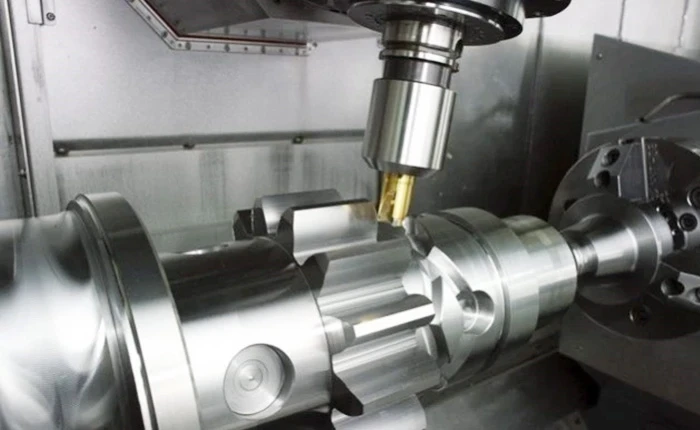Nov . 15, 2024 09:43 Back to list
pin gauge sizes
Understanding Pin Gauge Sizes A Comprehensive Guide
Pin gauges are essential tools in the field of precision engineering and manufacturing. They are used to measure the size of holes, determine the alignment of components, and check for the proper fit of parts in assembly processes. The accuracy of pin gauges allows for tight tolerance requirements to be met, which is crucial in various applications, including aerospace, automotive, and medical device manufacturing. One key aspect of utilizing pin gauges effectively is understanding their sizes and how they are categorized.
What are Pin Gauges?
Pin gauges are cylindrical rods that come in various diameters. They are typically made from high-quality steel to ensure durability and accuracy. The design of pin gauges enables them to fit into holes or openings with precision, helping engineers and technicians verify whether specific tolerances are met. They are available in two primary types hole gauges and external diameter gauges.
Standard Pin Gauge Sizes
Pin gauge sizes are standardized, which means that they follow specific industry norms. This standardization allows for consistency across various applications and industries. Pin gauges are usually marked with the diameter they represent, which is measured in millimeters or inches.
Typical sizes of pin gauges can range from 0.3 mm to 25 mm (or 0.01 inches to 1 inch) in diameter, with smaller increments available for more precise measurements. It is common to find sets of pin gauges that cover a range of sizes to facilitate various measurement requirements. For example, a common pin gauge set might include sizes such as 0.5 mm, 1.0 mm, 1.5 mm, up to 10 mm, and then larger sizes in 1 mm increments.
pin gauge sizes

Using Pin Gauges for Measurement
When using pin gauges, it is important to select a gauge that corresponds to the size of the hole or opening you are measuring. To check a hole, one would insert the gauge into the opening and observe how it fits. If the pin gauge fits snugly without any force, it indicates that the hole is of the correct size. Conversely, if the gauge does not fit, or if it falls through easily, it signifies either a larger hole or a misalignment that requires attention.
Pin gauges are also invaluable for checking tolerances. For instance, if a design specifies a hole diameter of 5.0 mm with a tolerance of ±0.1 mm, a pin gauge size of 5.0 mm, 4.9 mm, and 5.1 mm would be required for thorough inspection. This method ensures that the hole not only meets the nominal size specification but also falls within acceptable tolerances.
The Importance of Calibration
To maintain accuracy, pin gauges must be regularly calibrated and checked against known standards. Calibration involves measuring the diameter of the pin gauge and adjusting it if necessary to conform to specified standards. This is particularly important for industries where even the slightest deviation can lead to product failure or safety hazards.
Conclusion
Pin gauges are crucial tools in precision measurement, serving a wide range of industries. Understanding pin gauge sizes and their proper use is essential for manufacturing processes that demand high accuracy. By adhering to standard sizes and conducting regular calibration, engineers and technicians can ensure their measurements are reliable, ultimately contributing to improved quality in production and assembly. As industries continue to evolve with the introduction of advanced technologies, the fundamental role of pin gauges in quality control and precision engineering will remain steadfast.
-
Water Valve Gate Design Prevents Leakage and CorrosionNewsJul.11,2025
-
Steel Fab Table Features Reinforced Construction for LongevityNewsJul.11,2025
-
Specialized Valve Designs for High Pressure SystemsNewsJul.11,2025
-
Machinist Gauge Pins Feature Ground and Lapped FinishesNewsJul.11,2025
-
Hose Check Valve Prevents Backflow in Irrigation LinesNewsJul.11,2025
-
Durable Micrometer Tools Withstand Heavy Workshop UseNewsJul.11,2025
Related PRODUCTS









